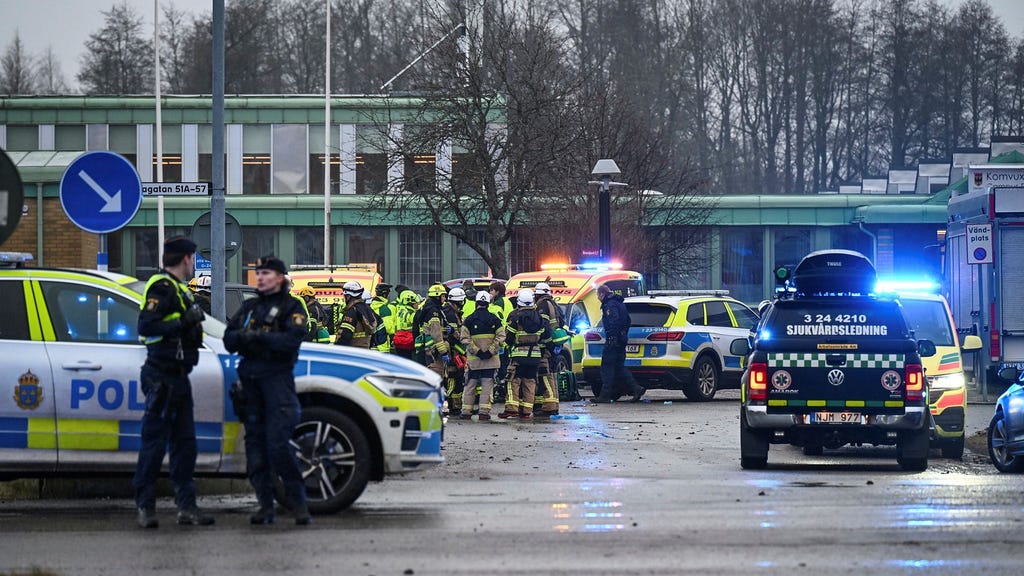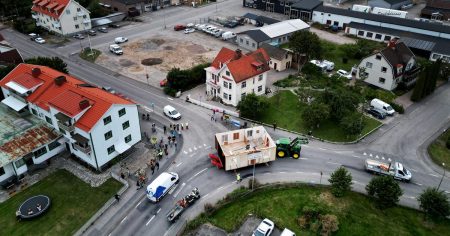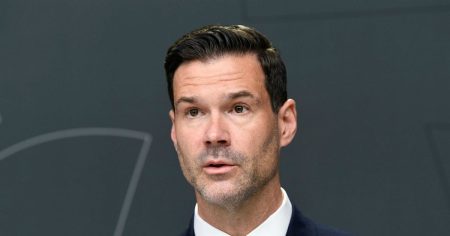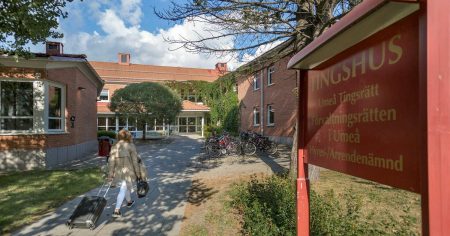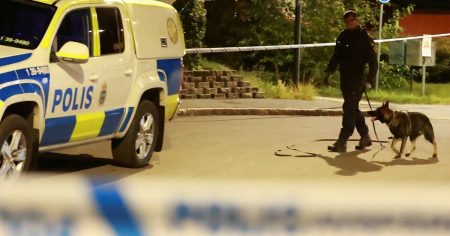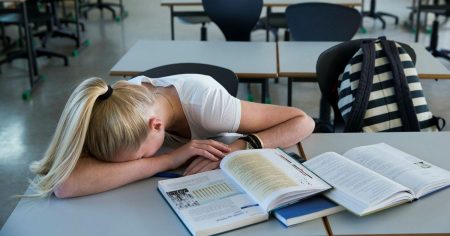The echoing gunfire that punctuated the silence at Risbergska skolan in Örebro, Sweden, has left an indelible mark on the memories of those who experienced it. Miriam Järlevall and Patrik Söderman, both employees at the school, recounted the chilling sequence of events to a reporter from Dagens Nyheter (DN): an initial volley of shots, a deceptive quiet, and then the renewed eruption of gunfire, reverberating through the building. Huddled beneath their desks, they sought a fragile shield against the unknown threat unfolding around them. This terrifying experience underscores the vulnerability felt within seemingly safe spaces when confronted with the sudden and unexpected intrusion of violence. The incident at Risbergska skolan raises critical questions about school safety, the psychological impact of such events, and the broader societal context that allows such incidents to occur.
The immediate aftermath of the shooting was undoubtedly chaotic and fraught with fear. The sudden disruption of a normal workday by the sound of gunfire would have triggered a primal fight-or-flight response in those present. The initial burst of shots, followed by an eerie silence, likely heightened the sense of dread and uncertainty. The subsequent resumption of gunfire would have solidified the reality of the danger, forcing individuals to confront the terrifying possibility of an active shooter within the school. The instinctive reaction of Järlevall and Söderman, seeking cover under their desks, highlights the desperate measures people take to protect themselves in such situations. The limited information available during those initial moments would have amplified the fear, leaving individuals grappling with a torrent of questions about the nature of the threat, its source, and the potential consequences.
The psychological impact of such an event extends far beyond the immediate experience. The trauma of witnessing or being near a shooting can manifest in a variety of ways, including post-traumatic stress disorder (PTSD), anxiety, depression, and difficulty concentrating. The sudden and violent disruption of a familiar environment can shatter the sense of security and safety that schools are supposed to provide. The memories of the event, the sounds, the fear, and the uncertainty, can linger for months, even years, impacting individuals’ ability to function normally. The need for psychological support and counseling in the aftermath of such incidents is paramount, both for those directly involved and for the wider school community. The ripple effect of trauma can extend to families, friends, and colleagues, highlighting the importance of a comprehensive and compassionate response.
The incident at Risbergska skolan raises broader questions about school safety and security protocols. While schools strive to create safe and nurturing environments for learning, the reality of potential threats necessitates a continuous evaluation and improvement of security measures. This includes not only physical security measures, such as locked doors, security cameras, and controlled access, but also training and preparedness for staff and students. Active shooter drills, while potentially unsettling, can equip individuals with the knowledge and skills to react effectively in such situations, potentially minimizing casualties. Regular reviews and updates of safety protocols, informed by best practices and lessons learned from other incidents, are crucial in maintaining a vigilant and prepared school community.
Beyond the immediate response and security measures, the incident prompts reflection on the societal factors that contribute to such acts of violence. Addressing the root causes of gun violence requires a multifaceted approach that considers access to firearms, mental health support, and the social and economic conditions that can contribute to feelings of alienation and despair. Investing in community-based programs that provide support and resources for individuals struggling with mental health issues is crucial. Implementing stricter gun control measures, including background checks and restrictions on certain types of weapons, can help limit access to firearms and prevent them from falling into the wrong hands. Creating a culture of empathy, respect, and understanding within schools and communities can also contribute to a more peaceful and inclusive environment.
The incident at Risbergska skolan serves as a stark reminder of the vulnerability of schools and the importance of proactive measures to ensure the safety and well-being of students and staff. The experience of Järlevall and Söderman, huddled under their desks amidst the echoing gunfire, highlights the terrifying reality of such events and the lasting impact they can have. Addressing the issue of school safety requires a comprehensive approach that encompasses physical security measures, training and preparedness, psychological support, and a broader societal commitment to addressing the underlying causes of violence. By working together, schools, communities, and policymakers can create safer and more supportive environments for all.





